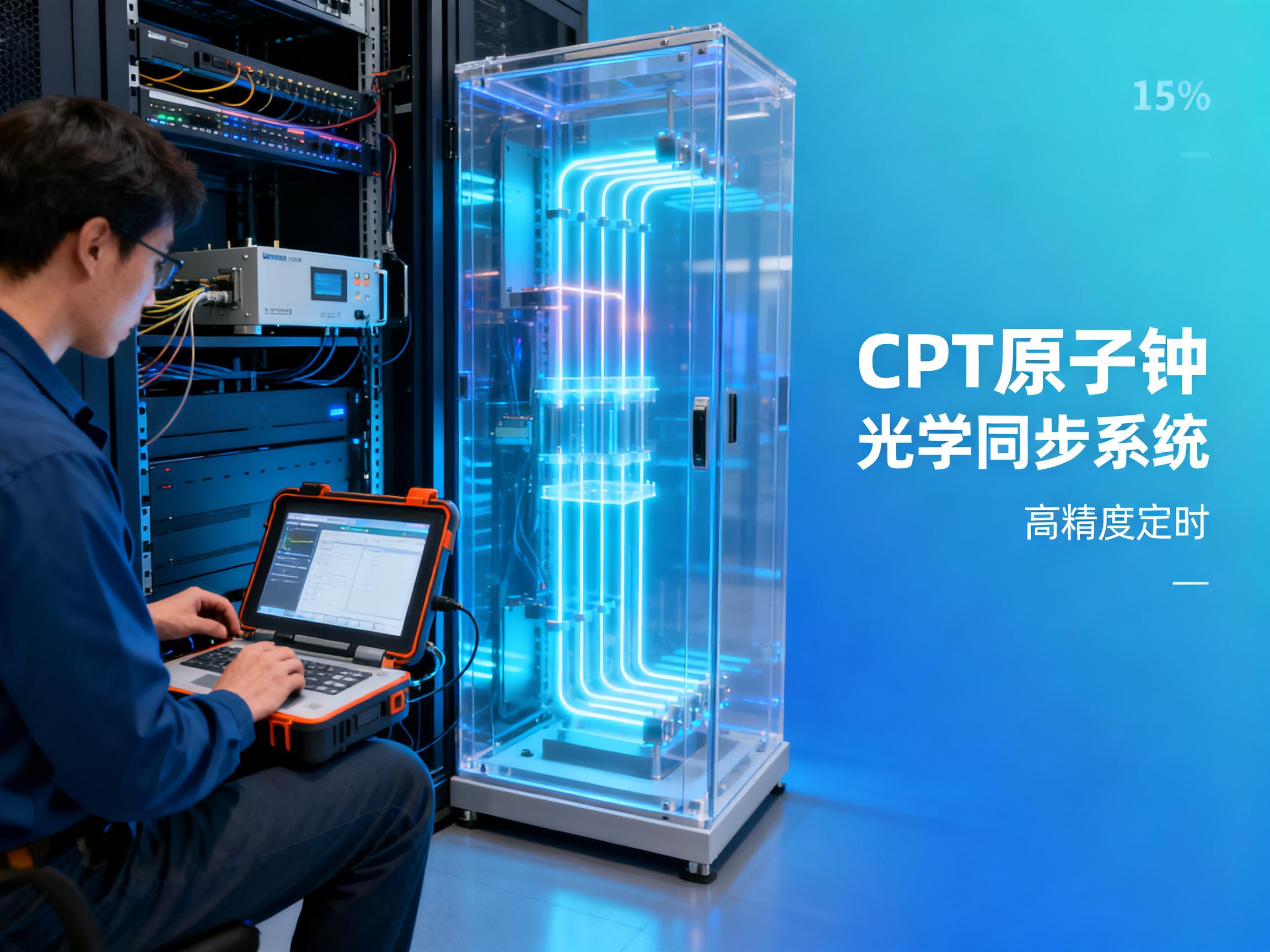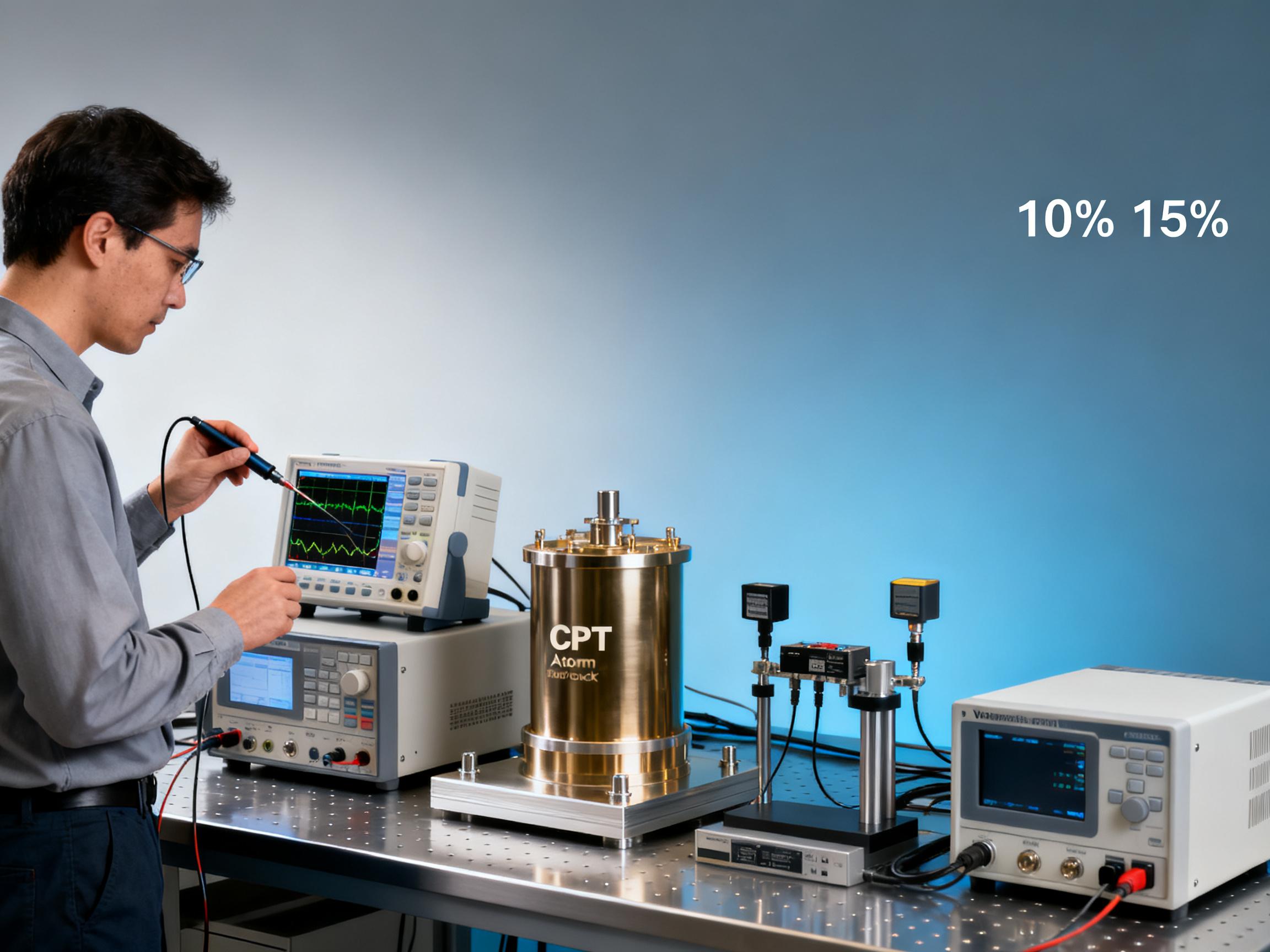RELATED
![How CPT Atomic Clocks Reduce OPEX in 5G Base Stations [Real Data] How CPT Atomic Clocks Reduce OPEX in 5G Base Stations [Real Data]](https://usimg.bjyyb.net/grey.png?x-oss-process=image/resize,m_fixed,w_800,h_600,limit_0) How CPT Atomic Clocks Reduce OPEX in 5G Base Stations [Real Data]2025-12-11
How CPT Atomic Clocks Reduce OPEX in 5G Base Stations [Real Data]2025-12-11 2024 CPT Atomic Clock vs Rubidium: Which Offers Better Stability for Telecom Networks?2025-12-08
2024 CPT Atomic Clock vs Rubidium: Which Offers Better Stability for Telecom Networks?2025-12-08 Live Demo Results: CPT Atomic Clock Performance Under Harsh Environmental Tests (Data Inside)2025-12-05
Live Demo Results: CPT Atomic Clock Performance Under Harsh Environmental Tests (Data Inside)2025-12-05 Budgeting for Precision: Total Cost of Ownership for a Rubidium Atomic Clock Over 5 Years2025-12-03
Budgeting for Precision: Total Cost of Ownership for a Rubidium Atomic Clock Over 5 Years2025-12-03
MESSAGE
The efficiency of linear DC regulators is relatively low, mainly because the adjustment element works in the linear region and generates large power losses. However, there are some methods and technologies to improve its efficiency to better meet the needs of specific applications. The following is a specific introduction:
1. Reduce The Input-Output Voltage Difference:
Optimize Power Supply Design:
Try to make the input voltage of the linear regulator close to the output voltage. When designing a power supply system, choose the power input reasonably. For example, if the device requires a stable voltage of 5V, a power module with an output voltage slightly higher than 5V should be selected as the input, such as 5.5V or 6V, instead of using a voltage much higher than 5V (such as 12V) directly connected to the linear regulator. This can reduce the voltage drop on the adjustment element, thereby reducing power loss and improving efficiency.
Use Multi-Stage Voltage Regulation:
For situations where the difference between the input voltage and the output voltage is large, you can consider using a multi-stage voltage regulation method. First use a high-efficiency switching regulator to pre-adjust the input voltage to a value close to the middle of the output voltage, and then use a linear regulator for fine voltage regulation to obtain a high-precision output voltage. This combination can give full play to the high efficiency of the switching regulator and the high precision of the linear regulator, and improve the overall efficiency while ensuring the quality of the output voltage.
2. Select A Low On-Resistance Adjustment Element:
Choose A Suitable Transistor:
When selecting the adjustment element of the linear regulator (such as a power transistor or field effect tube), give priority to components with low on-resistance (Rds(on)). For example, in some applications, using a low on-resistance power MOSFET as an adjustment element can significantly reduce the power loss on the adjustment element and improve the efficiency of the regulator compared to traditional bipolar transistors. At the same time, pay attention to other parameters of the component, such as maximum current, maximum voltage, etc., to ensure that it meets the application requirements.
Consider Heat Dissipation Design:
Components with low on-resistance generate relatively less heat when working, but still require good heat dissipation design to ensure their normal operation. Reasonable heat dissipation design can improve the performance and reliability of the component and indirectly improve the efficiency of the regulator. Heat sinks, heat dissipation substrates, etc. can be used to enhance the heat dissipation effect and ensure that the adjustment element works at a lower temperature to maintain its low on-resistance characteristics.
3. Optimize The Reference Voltage Source And Comparator Amplifier:
Select Low-Power Components:
The reference voltage source and comparator amplifier are important components of the linear regulator, and their power consumption will also affect the overall efficiency of the regulator. Selecting low-power reference voltage source and comparator amplifier chips can reduce the power consumption of this part of the circuit. Some new reference voltage source and comparator amplifier chips use advanced processes and designs, have lower quiescent current and power consumption, and can effectively improve the efficiency of the regulator.
Reasonable Design Of Circuit Parameters:
By reasonably designing the circuit parameters of the reference voltage source and comparator amplifier, such as resistance, capacitance, etc., the performance of the circuit can be optimized and the power consumption can be reduced. For example, choose a suitable resistance value to set the gain of the amplifier to avoid extra power consumption caused by too high or too low gain. At the same time, choose a reasonable capacitance value to filter out noise, ensure the stability and reliability of the circuit, and reduce extra power consumption caused by circuit instability.
4. Use Adaptive Bias Technology:
Dynamically Adjust The Bias Current:
Adaptive bias technology can dynamically adjust the bias current of the linear regulator according to the change of load current. Under light load conditions, the bias current is automatically reduced to reduce the static power consumption of the circuit; under heavy load conditions, the bias current is appropriately increased to ensure the normal operation and output performance of the regulator. This technology can effectively improve the efficiency of linear regulators under different load conditions, especially for application scenarios with large load changes.
Use Smart Control Chips:
Adaptive bias technology is implemented using smart control chips. These chips can monitor changes in load current in real time and automatically adjust the bias current according to a preset algorithm. Some control chips also have other functions, such as overvoltage protection, overcurrent protection, etc., which can improve the safety and reliability of the regulator.
5. Optimize PCB layout:
Reduce Line Loss:
A reasonable PCB layout can reduce line resistance and inductance, thereby reducing power loss on the line. When designing the PCB, try to shorten the length of the power line and ground line, and use wider wires to reduce resistance; at the same time, arrange components reasonably to reduce parasitic inductance and capacitance between lines to avoid signal interference and additional power consumption.
Enhance Heat Dissipation:
A good PCB layout can also enhance heat dissipation. Place heat-generating components (such as adjustment components) in a location that is conducive to heat dissipation, such as near the edge of the PCB or a heat sink; use a large area of copper foil as a heat dissipation layer to improve heat dissipation efficiency. By optimizing the PCB layout, the operating temperature of the components can be reduced and the efficiency and reliability of the regulator can be improved.
CONTACT US
Please use the form below to get in touch.
If you need a reply we will get in touch as soon as possible.

![How CPT Atomic Clocks Reduce OPEX in 5G Base Stations [Real Data] How CPT Atomic Clocks Reduce OPEX in 5G Base Stations [Real Data]](https://usimg.bjyyb.net/sites/91500/91958/1765179857856560163985903616.jpeg)



